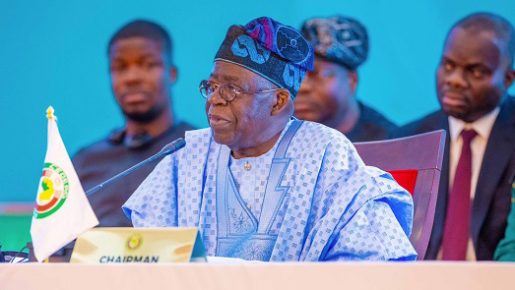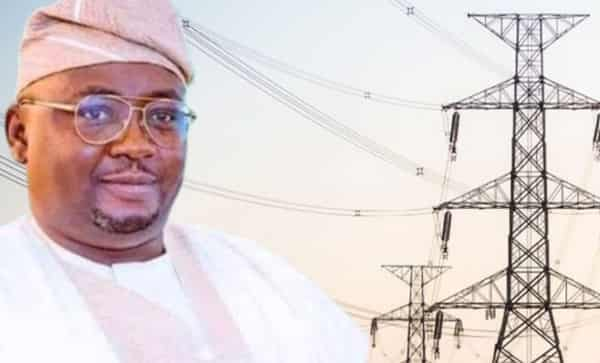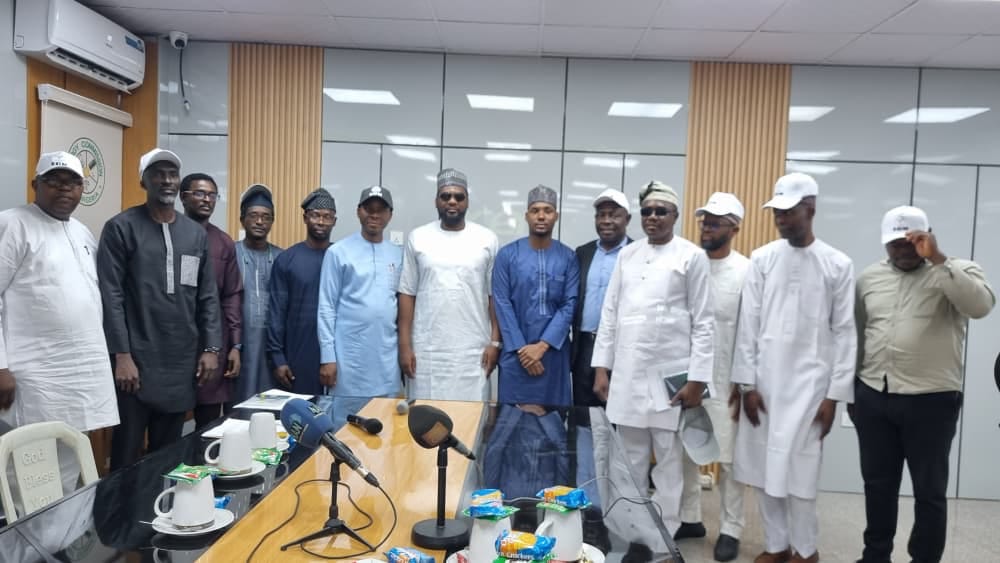
The demand for a cost-reflective tariff in the Nigerian Electricity Supply Industry is gaining ground. While the clamour is understandable, the need for
improvement in the quality of service delivery by the power sector, if not prioritised, will only make end-users pay for the inefficiencies of the electricity sub-sector. KINGSLEY JEREMIAH writes.
The Nigerian Electricity Regulatory Commission (NERC), in its second quarter report for 2023 showed that the Federal Government paid N135.23 billion to subsidise electricity consumption between April and June this year.
The tariff shortfall in that period went up by N99.21 billion, representing 275 per cent compared to the N36 billion it paid in the first quarter of 2023.
The power sector was privatised by the Federal Government on November 1, 2013, with the expectation that supply to homes and industries would by now not only exceed 40, 000 megawatts but that the sector would have been self-sustaining. But the reverse is the situation as the liquidity crisis continues to hold the sector to ransom. The poor performance of the sector also affected every aspect of the nation’s economy as some banks have faced liquidation over the debt of the sector.
In 2015, the Federal Government spent N225 billion in tariff subsidies, in 2016, N308 billion was spent, in 2017, N351 billion, N440 billion in 2018, N528 billion in 2019, in 2020, it was N501 billion, in 2021, it came to N251 billion, in 2022 it was N144 billion and in the first half of 2023 it was N57 billion.
Although the subsidy came down from N528 billion in 2019 to N144 billion in 2022 due to the introduction of the Service Based Tariff, now the subsidy is mounting in the face of worsening economic indices in the country. The Guardian had reported that over $7.5 billion has been spent on transmission lines. Another N7 trillion was also spent to avert collapse of the generation and distribution end as the situation remained perpetually on crutches.
In September 2021, after years of permutations and repeated failed attempts, the “December 2019 Minor Review Order (MYTO)” for the 11 electricity distribution companies (DisCos) came into force. The tariff increase was termed service-based tariff. By implication, the tariff was pegged on the promise of improved power. Residential and commercial customers were divided into bands, to pay tariffs depending on the number of hours of electricity that they enjoy. Going by the plan, tariff was expected to be adjusted twice yearly until subsidy is phased out of the sector.
While NERC was expected to have increased tariff in July in the face of inflation, foreign exchange challenges and floating of the Naira, the change in government created political bottlenecks that forced the regulator to defer the plan. The development was the primary reason why the country recorded the N135.23 billion subsidy in the second quarter of 2023.
Last week, the industry marked the 10th year of her privatisation exercise with little to cheer about. Data from the Osogbo-based Nigerian Electricity System Operator showed that only a meagre of average 4224.9MW has been on the grid. Although the data showed that generation installed capacity stands at 13, 014.14MW, the actual generation capacity was put at 7, 652.6MW, while transmission wheeling capacity hovers around 8, 100MW. By implication, transmission and distribution bottlenecks are compounding reality as the country only improved supply to consumers by a mere 1,000 MW since privatisation.
While the sector is struggling, the economy is bleeding. Most homes and businesses rely heavily on alternative energy sources, mainly diesel and gasoline powered generating set. To put this in perspective, the manufacturers spent N129 billion in 2016 on alternative energy. They spent N117.38 billion in 2017, N93.11 billion in 2018, N61.38 billion in 2019, N81.91 billion in 2020, N71.22 billion in 2021 and N144.3 billion in 2022. Other inter
With an average of 95 manufacturing companies shutting down yearly and GlaxoSmithKline being the latest, over 4,451 job losses are being recorded yearly in manufacturing sector alone as factory output value dropped to N2.68 trillion in first quarter of 2022 from N3.73 trillion in the first quarter of the year.
At the “NESI privatisation and its 10-year milestone: The Journey So Far, Opportunities And Prospects,” organised by stakeholders in the sector, President Bola Tinubu alluded to the despondent state of power sector when he lamented that the nation’s grid only serves about 15 per cent of the country’s demand.
Tinubu did not also delay to state that cost reflective tariff remained the leeway for the sector, as he hinted on the need for a plan to rebase tariffs, adding that adequate cost recovery for investments is sacrosanct.
Tinubu, who was represented at the event by the Adviser on energy and infrastructure, Office of the Vice President, Sodiq Wanka, revealed that as of Q2 2023, for every kWh of electricity sent to the grid, only 60 per cent of it was paid for.
“But as we know, even the tariff paid for that unit of electricity is far from being cost-reflective, especially in light of the recent devaluation of the Naira.
“The sector has suffered from chronic underinvestment, especially in transmission and distribution. Many of the successor utilities of the PHCN have failed to meet their performance improvement targets due to technical and financial capacity issues,” he said.
It is however important to know that the Federal and State Government are currently indebted to the DisCos with hundreds of billions of Naira in ministries, agencies and departments debts. This debt contributes to the challenges facing the market and the impacts of liquidity is passed to the end-users, who have to contribute for transformers, wires, poles and other things.
It is good to also note that regulatory weaknesses, poor policy direction from the ministry of power, seven millions metering gaps as well as aggregate technical and commercial losses are as critical as the cost reflective tariffs.
Being a dollar denominated sector, whatever the government make of economic indexes would eventually increase tariffs, therefore it lies in the hand of the government to improve ease of doing business and prioritise factors that would electronically be cheaper otherwise, tariff increase alone would not help the sector which relies on the ability of consumers to pay.
Chairman and board of directors of Mainstream Energy Solutions Limited, Sani Bello at the event insisted that the lack of a cost-reflective tariff in the sector created a liquidity crisis across the entire value chain.
“While we acknowledge the effort of the current administration in trying to resolve and improve the foreign exchange environment, we look forward to a way out that will midwife an enabling environment for existing and prospective investors to thrive within the NESI.
“What we continue to tackle today is the lack of cost-reflective tariff that will provide sustainable liquidity for the entire value chain, strengthened laws and enforcement of these laws that will criminalise and deter energy theft as well as non-payment of electricity bills,” Bello said.
Consumers deserve an increase in electricity supply therefore the Siemens (Presidential Power Initiative) and any other power sector intervention programmes such as the CBN intervention initiatives and the USAID NPSP, should be consolidated and made to align with what NERC and the World Bank have done under the power sector recovery programme to prevent disjointed arrangements.
With persistent grid collapse, most stakeholders see the Transmission Company of Nigeria as the weakest link in the sector with a series of clamour for the government to restructure the entity. Most industrial consumers do not find the grid reliable enough for industrial activities. This makes residential consumption stay at about 80 per cent while industrial consumers on the grid are about 20 per cent. It should be the other way round.
Former Chairman of NERC, Sam Amadi noted that the country has been on the talk of cost reflective tariff for a decade now or more.
According to him, while tariffs are improving, services are not, it is necessary to work towards improving cost and service.
“Increasing poverty rate affects both propensity and capacity to pay. I think we need to have proper tariffs for the industry. But we have to sculpt it in a manner that makes it affordable otherwise the sector will collapse. The real fix is to improve efficiency and quantity so average costs can come down,” he said.
Energy Scholar, Prof. Wunmi Iledare, said cost reflective tariff is one of the several ways to set tariff depending on the market terrain and structure.
Iledare said: “In some jurisdictions, there can be a clamour for earning power based tariff design as well in addition to price discrimination in the drive for willing buyer willing seller strategy on the basis of ability to pay. It is my hope that price centralisation is disavowed even as we advocate for a decentralised market structure for power. Regarding subsidy of an essential commodity, like electricity in rural areas, mixed energy strategy.”
President of Nigerian Economic Society, Prof. Adeola Adenikinju, said cost reflective tariff is the way to go in the long term if the country is serious about having a viable and strong electricity sector.
According to him, adjustments can be made for very poor people using various mechanisms like the lifeline tariffs.
“However, before we get to cost-reflective tariffs, it is important to ensure that consumers are not just made to pay for the inefficiency in the system. Hence, some steps should be taken as conditions precedent,” he said.
Adenikinju said consumer numerations to be sure of realistic numbers of consumers for each discount is needed while all consumers must be properly metered to ensure that charges are based on actual consumption.
Adenikinju said gas and other inputs produced in Nigeria must be priced in naira and not indexed to dollars, adding that there is a need for a pathway to reduce losses in the sector.
CEO, Integrated Africa Power (IAP), Chigozie Nweke-Eze, said a cost reflective tariff remained a sound policy because it implies allowing the market to determine price without government influence.

According to him, subsidies are a burden on the government budget.
Mele-Eze said: “Given the current reality in the country- what will make more sense is what I call discriminate cost-reflective tariff system. Here, Tariff can be cost reflective for upper middle-class and rich communities, while some level of subsidy can be retained in lower-middle class and poor communities to ensure equity. Another way of doing this is applying the cost-reflective tariff across board but then giving a direct hand-out to Poor and low-middle income class communities.”
Chairman/CEO, Mojec Meters Limited, Chantelle Abdul, said Nigeria would need about N1.5 billion to bridge the existing metering gap.
“There are seven million customers without meters and three million with old meters that need to be replaced. The cost to finance that is about $1.5 billion,” she said.
She decried that most of the consumers may not be able to finance the meter, adding: “We need to develop a bankable proposition, and that requires a cost reflective tariff and right pricing of meters.”






